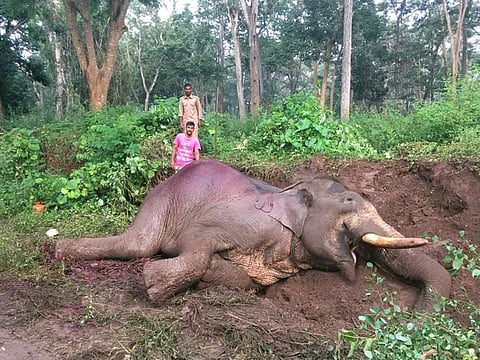

HUBBALLI: With the death of Ranga, the long pending demand from wildlifers has once again come to the forefront. There has been a demand to shift the elephant camps run by the forest departments outside the Tiger Reserves and National Parks.
Karnataka has 130 elephants in captivity spread across different camps. Out of eight camps, six of them are located in the critical wildlife habitats in Bandipur, Nagarhole, Dandeli and BRT Reserves.
“Elephant camps inside wildlife areas have been shown to cause various negative impacts, including degrading of surrounding forests due to extensive lopping of vegetation by mahouts,” says Praveen Bhargav, Trustee of Wildlife First.
“The camps act as magnets for mahouts, support staff and their families to settle down, thus creating permanent human settlements even within core/critical habitat. It is imperative that new elephant rescue centres not be set up inside National Parks,” he said, adding that the existing camps be relocated outside with proper veterinary facilities.
Conservationist K M Chinnappa has been raising his voice against elephant camps inside the forests for many years, while also studying the systematic degradation of these forests.
“There is a complete ban on timber operations in wildlife reserves and there is no need for working elephants. The tribal settlements inside the forests today were once elephant camps. At one end the department is planning the relocation of tribal families and on the other end, we are increasing the numbers of humans inside the forests by adding more elephants to the existing camps,” he noted.
“The domesticated elephants invariably suffer from various diseases which, despite screening, may get passed onto wild elephants and other endangered species. While welfare aspects of a hundred odd domesticated elephants indeed need to be addressed, the long-term conservation interests of thousands of wild elephants, and other endangered species precariously surviving in Protected Areas and facing numerous threats, should not be jeopardized,” Chinnappa said.